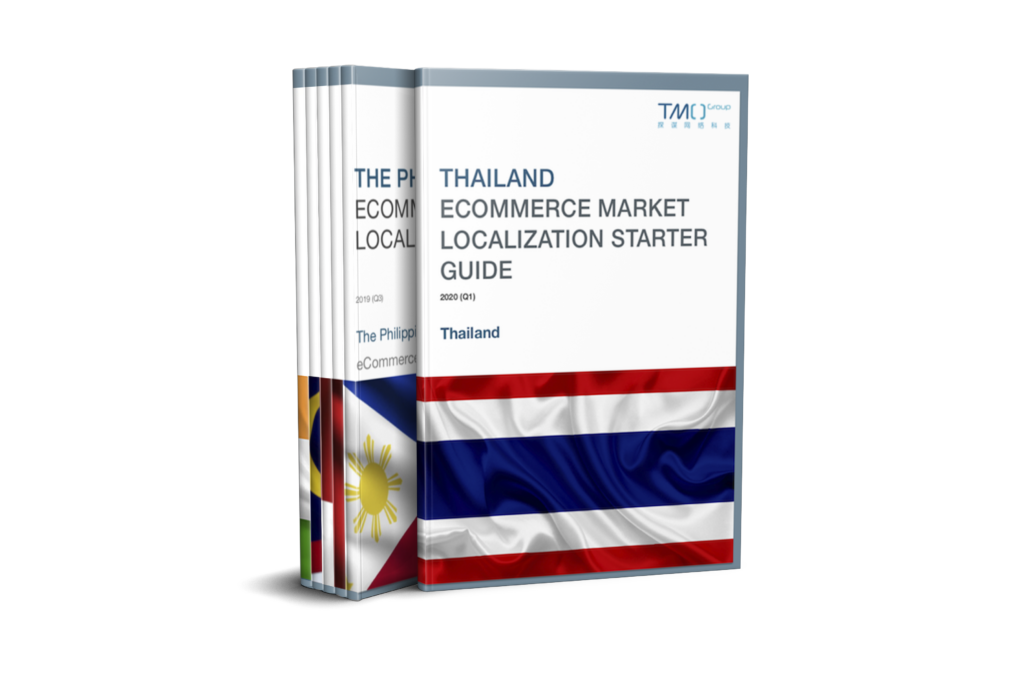The customer is king. But how well do you know the South and Southeast Asian eCommerce consumer? Today, we sketch a detailed profile of your potential customers in India, Indonesia, Malaysia, Singapore, Thailand and Vietnam. One thing that's clear from the start: localization is vital for cross-border eCommerce.
Hunting for Discounts, Lacking Trust
With the exception of Singapore and Malaysia, these countries’ consumers still have ‘trust issues’. Of these, Indian consumers are the most willing to purchase cheaper products to try them out following the purchase. With such low stakes, they do not expect too much since they reckon a product’s quality is reflected in its price. Southeast Asian consumers on the other hand are more concerned about unknown brands, product authenticity, delivery mishaps, bad service, and so on.
Although the economies in this region are rapidly developing and improving, average incomes are still relatively low. Consumers still focus a lot on discounts and in general look for a good deal. However, price and quality must still be in balance - in other terms, a product must be ‘worth it’ in their eyes.
In conclusion, the watch-words for South and Southeast eCommerce consumers are 'cheap' and 'convenient'.
Mobile Browsing, Desktop Conversion
All six countries' societies have been quick to adapt to the digital era, helped by governmental efforts to develop network infrastructure, steadily rising internet penetration rates, and a large proportion of mobile-focused consumers. Although 70% of eCommerce traffic comes from mobile, desktop conversion rates are three times higher. Still-growing acceptance of mobile payment methods plays a role in this, as most South and Southeast Asian eCommerce consumers still feel more at ease when completing digital payments on desktop. However, likely this is also due to the ease of casual browsing and window shopping on mobile - it is possible that a large proportion of views that do not convert on mobile were merely idle browsing to kill time with no intention of making a purchase, whereas users on desktop are more likely to visit an eCommerce site with the express purpose of making a purchase.
Rising Middle Class, Higher Consumption
All of the six countries are home to a swiftly growing middle class. In India, Indonesia, Vietnam and Thailand, the middle class already takes up almost half of the total population (keep in mind that the economy and developments in these countries differ, thus the definition of middle class also differs).
The middle class represents an upper-income tier that can already sufficiently fulfill their daily necessities and have leftover income to spend on consumer goods. Their higher spending power, further interest in lifestyle products and quest for life improvement thus make them an attractive and important eCommerce target group.
Multi-channel and Careful Considerations
South and Southeast Asian eCommerce consumers already have multiple touch-points to engage with brands, online and offline. Therefore, combining multiple channels when making purchases, especially for more expensive products, is very common. Oftentimes, consumers do research online, go to a physical store to see the product, and finally look for the cheapest price, either online or offline. This can also happen ad hoc, when consumers discover something in a store they often go online to look for cheaper prices.
Singapore and Thailand have a highly developed retail sector and shopping is a favorite pastime. Therefore, consumers still find going to the mall for purchases more convenient. For foreign brands, using offline channels like distributors or retailers thus is important to get exposure.
Different Personalities and Trends
Although differences already start to surface even when just looking at general trends, they only become more pronounced when diving into further detail. It is key to understand each countries’ unique consumer characteristics and localize accordingly.
For example, Indian consumers are well-informed and picky about quality; rational purchasing and conscious spending characterizes Malaysian consumers; Indonesian consumers go crazy for discounts; Singaporean consumers demand better service, overall experience and high-quality products; Thai consumers are the most brand loyal; Vietnamese consumers prefer international and Western brands over Chinese.
Want to know more about South and Southeast Asian eCommerce consumers? Which websites they like to shop on, which payment methods they use and how they prefer products get delivered to them? Then check out our other SEA articles which delve into each of these aspects to paint a full picture.
South and Southeast Asia eCommerce
Do you want to know more about the developments and trends in South and Southeast Asian eCommerce? Then check out our complete 6-part series providing an overview, as well as details about all aspects of eCommerce in this booming region.
- Most Important South and Southeast Asian eCommerce Market Developments - Pt.1We delve into the South and Southeast Asian eCommerce volume and market potential of India, Indonesia, Malaysia, Singapore, Thailand and Vietnam.Most Important South and Southeast Asian eCommerce Market Developments - Pt. 1
- Most Important South and Southeast Asian eCommerce Market Developments - Pt. 2We delve into other South and Southeast Asian eCommerce developments in India, Indonesia, Malaysia, Singapore, Thailand and Vietnam.Most Important South and Southeast Asian eCommerce Market Developments - Pt. 2
- South and Southeast Asian eCommerce Marketplaces: Who's WhoAn overview of the most popular South and Southeast Asian eCommerce Marketplaces in India, Indonesia, Malaysia, Singapore, Thailand and Vietnam.The Most Popular South and Southeast Asian eCommerce Marketplaces
- Cash or Digital? South and Southeast Asian Payment MethodsPayment methods are a developing part of the South & Southeast Asian eCommerce sphere - we analaysed the current state & trends on paymentsCash or Digital? South and Southeast Asian Payment Methods
- South & Southeast Asian eCommerce Logistics: Opportunities Meet ChallengesRead about trends and characteristics of South and Southeast Asian eCommerce logistics in India, Indonesia, Malaysia, Singapore, Thailand and Vietnam.South & Southeast Asian eCommerce Logistics: Opportunities Meet Challenges
You also might be interested in our eCommerce Market Localization Guides, which include in-depth guides to some of Southeast Asia's most exciting markets.













